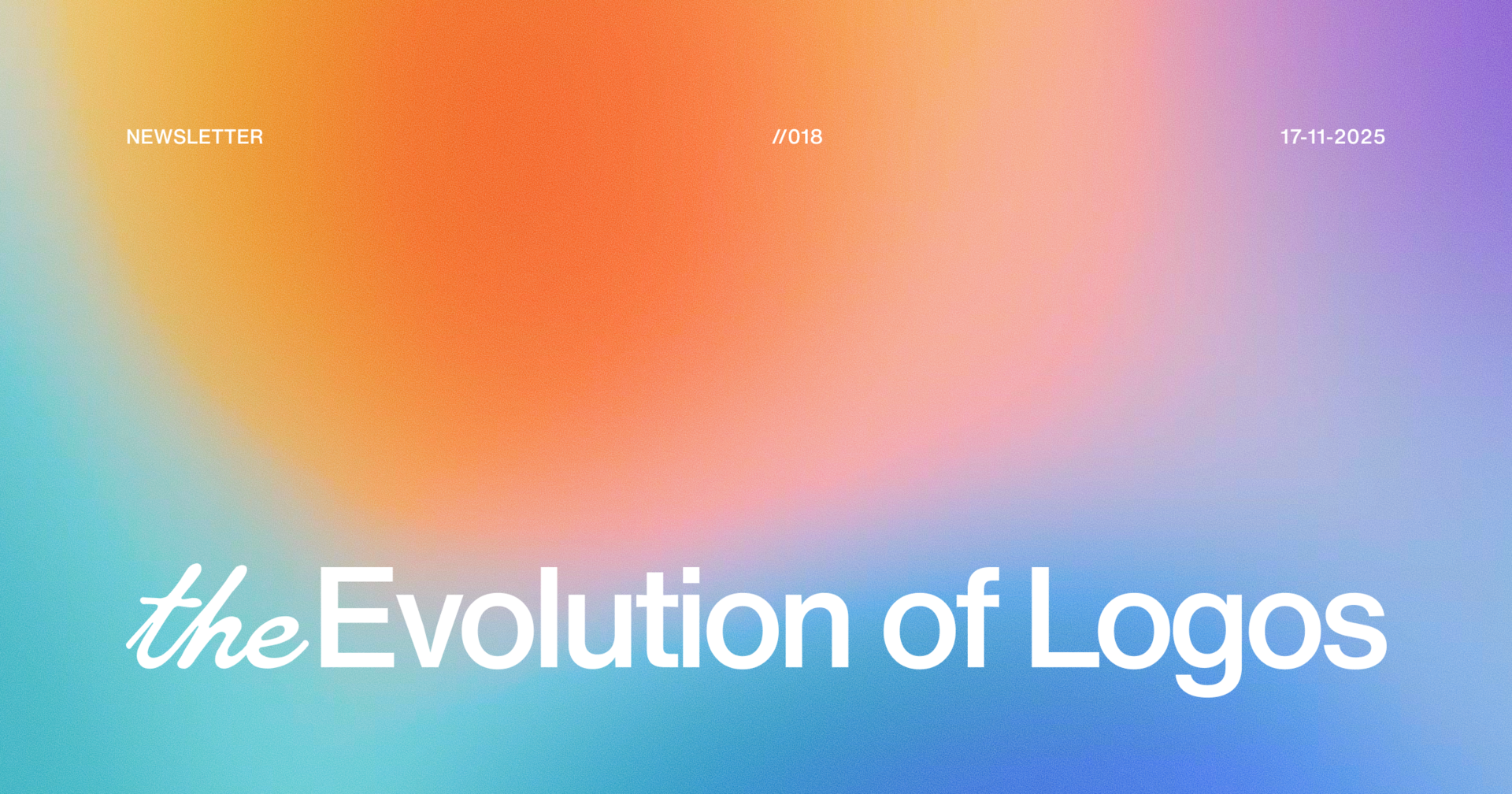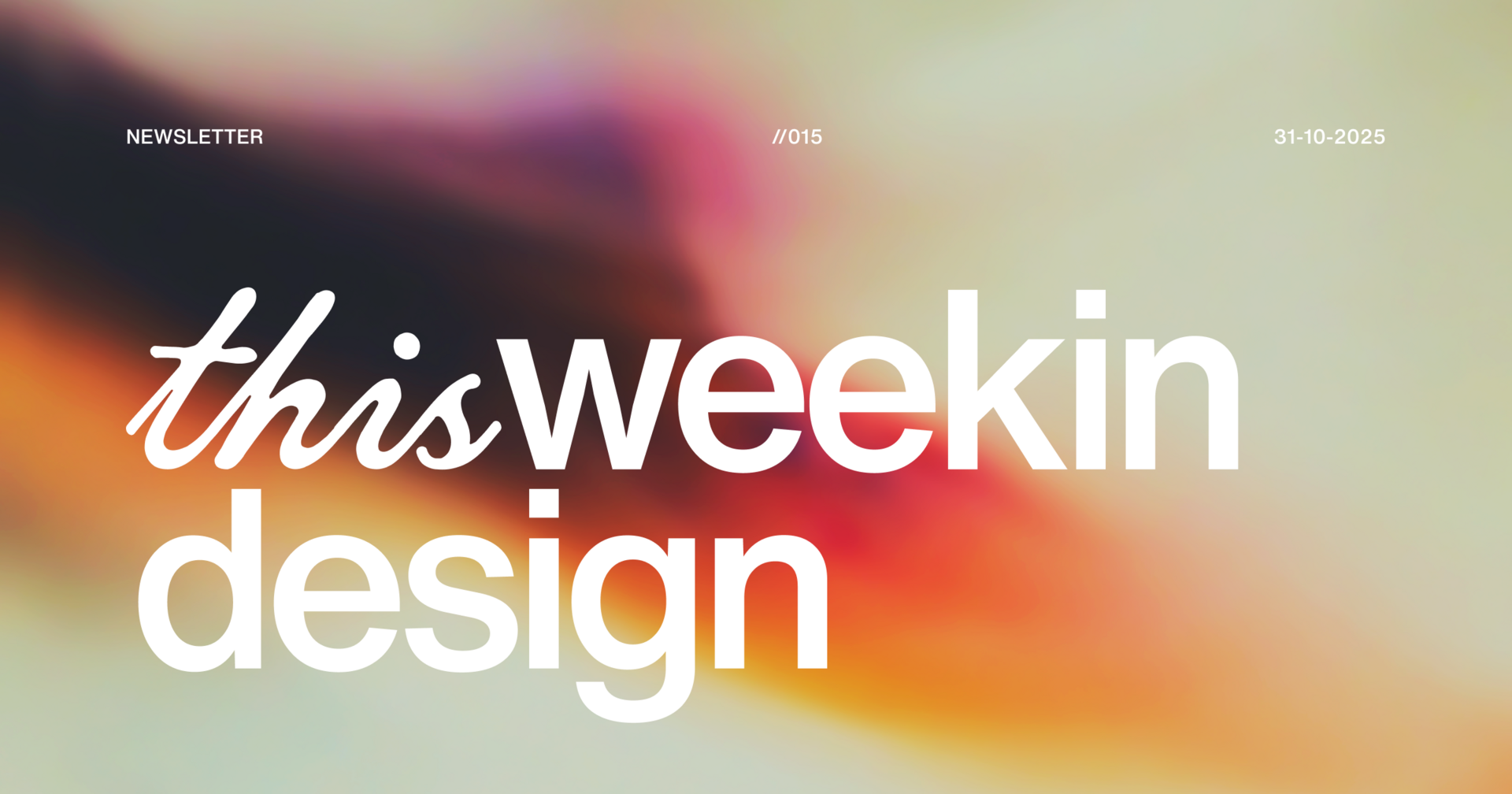
What is Typography?
Typography is the art and technique of arranging type so that written language isn’t just readable, it’s memorable.
It’s not just about choosing a font.
It’s about how letters, spacing, hierarchy, and style come together to communicate both meaning and emotion.
Think of typography as the voice of design.
The words may be the message, but typography decides how that message sounds:
Is it loud and bold?
Soft and elegant?
Playful and quirky?
Minimal and neutral?
Typography lives everywhere: in books, websites, posters, apps, street signs, product packaging, even the tiny print on your coffee cup lid. And every choice (serif vs sans, bold vs light, uppercase vs lowercase) affects how people perceive and experience the information.
In short:
Typography is design’s invisible language.
When done well, you don’t notice it, you just feel it.
History of Typography
Typography’s journey is a fascinating evolution of innovation, style, and culture—one that stretches from ancient scripts to today’s digital fonts. Here’s your deeper look, complete with historical context:
1. Ancient Origins & Early Writing Systems
Typography’s foundations lie in ancient civilizations. Early writing systems like Mesopotamian cuneiform and Egyptian hieroglyphics used pictorial symbols that evolved over centuries into more abstract characters.
2. Movable Type in East Asia
Around 1040 AD in China, Bi Sheng invented the first known movable type using ceramic materials. This innovation marked a shift toward reusable type systems. In Korea, the Jikji (1377) became the oldest extant book printed using movable metal type.

3. Gutenberg & the Printing Revolution
In the mid-15th century, Johannes Gutenberg in Europe developed metal movable-type printing with an alloy of lead, tin, and antimony, an innovation central to printing technology for centuries.
4. Renaissance Typography & Roman Type
Typographers like Nicolas Jenson in Venice pioneered Roman typefaces in the late 15th century, moving away from dense Gothic scripts and introducing elegance and readability to printed text.
5. Industrial Revolution & Giant Headlines
With industrialization came mass advertising. The 19th century saw the rise of slab serifs and decorative display typefaces, designed to stand out in print media and public spaces.
6. Modernism & Clean Typography
The early 20th century brought modernism with designers like Jan Tschichold and the Bauhaus movement favoring clean, functional type. Classics like Helvetica and Futura emerged, becoming icons of modern design.
7. Digital Age & Variable Fonts
Digital tools and screen-based media transformed typography. Today, variable fonts allow seamless adjustments in weight, width, and style, perfect for designing across responsive devices .
8. A Living Legacy
Typography remains deeply traditional, legibility remains core, but it's also dynamic, continually adapting. From letterpress to kinetic, dynamic digital text, typography continues telling the visual story of language .
Why It Matters
Cultural impact: Gutenberg’s printing press fueled literacy and the spread of ideas.
Visual identity: Type design (like Helvetica) defines eras and brand identities.
Technical innovation: From clay type to kinetic digital scripts, typography evolves with technology.
Why is Typography Important?
Typography isn’t just decoration. It’s communication, emotion, and identity — all working quietly in the background.
Here’s why it matters so much:
1. Shapes First Impressions
Before anyone reads a word, the style of the type sets the tone.
Bold sans serif? → Modern and confident.
Elegant serif? → Classic and trustworthy.
Playful script? → Friendly and personal.
Your choice of type speaks before the content does.
2. Improves Readability & User Experience
Good typography makes reading effortless. It guides the eye with clear hierarchy, balanced spacing, and rhythm. Bad typography does the opposite, it creates confusion and fatigue.
3. Communicates Brand Personality
Typography acts like a brand’s voice:
Apple’s sleek San Francisco font says minimalism and innovation.
Vogue’s Didot typeface whispers luxury and elegance.
Google’s Product Sans feels approachable and friendly.
Fonts aren’t neutral, they’re carriers of identity.
4. Builds Consistency & Recognition
When typography is used consistently across packaging, websites, ads, and emails, it becomes a recognizable signature. People can often spot a brand by type alone (think of Coca-Cola’s script or Netflix’s bold sans serif).
Different Types of Typography
Typography styles carry distinct personalities.
1. Serif
Serifs are the small strokes at the ends of letters.
Personality: Classic, trustworthy, traditional.
Famous Examples: Times New Roman, Garamond, Georgia.
Best Used For: Books, newspapers, luxury brands, formal designs.
2. Sans Serif
Sans serif fonts don’t have decorative strokes — clean and minimal.
Personality: Modern, approachable, versatile.
Famous Examples: Helvetica, Futura, Arial, Proxima Nova.
Best Used For: Websites, apps, startups, modern branding.
3. Slab Serif
Block-like, heavy serifs that give weight to type.
Personality: Bold, sturdy, confident.
Famous Examples: Rockwell, Courier, Museo Slab.
Best Used For: Posters, ads, headlines needing punch.
4. Script
Inspired by handwriting or calligraphy.
Personality: Elegant, artistic, human.
Famous Examples: Brush Script, Pacifico, Snell Roundhand.
Best Used For: Invitations, boutique logos, decorative touches.
5. Display / Decorative
Expressive fonts designed for impact, not body text.
Personality: Loud, playful, unique.
Famous Examples: Lobster, Impact, Cooper Black.
Best Used For: Posters, campaigns, branding moments.
6. Monospace (Mono)
Every character takes up the exact same horizontal space — originally used in coding and typewriters.
Personality: Technical, minimalist, precise.
Famous Examples: Courier, Consolas, IBM Plex Mono.
Best Used For: Coding interfaces, tech brands, retro-inspired designs.
Why: Creates a clean, grid-like look and works well in data-heavy or technical content.
The Difference Between a Letter, a Character and a Glyph
Typography has its own language, and three terms often get mixed up: letter, character, and glyph. They sound similar but mean very different things.
1. Letter
A letter is the abstract symbol in an alphabet. It’s the idea of “A” or “B,” no matter how it looks.
Example: The letter A exists whether it’s uppercase, lowercase, serif, sans serif, or handwritten.
2. Character
A character is the specific form of a letter in a writing system.
Example: “A,” “a,” and “á” are all different characters.
They all represent variations of the same letter, but each has a unique identity in language.
3. Glyph
A glyph is the actual visual design of a character the drawn shape.
Example: The character “a” looks different in Times New Roman, Helvetica, and Futura. Each version is a unique glyph.
Fonts v Typefaces
Designers often use the words font and typeface interchangeably, but they’re not the same thing. Understanding the difference is key to using type precisely.
1. Typeface
A typeface is the overall design family of letters.
Think of it as the architecture or style.
Example: Helvetica is a typeface.
It’s the umbrella design that defines how its letters look.

2. Font
A font is a specific version of a typeface — defined by its weight, size, and style.
Think of it as a member of the family.
Example: Helvetica Bold Italic 16pt is a font.
It’s part of the Helvetica family, but with very specific attributes.

Typeface = the song (the composition).
Font = the performance (who plays it, at what tempo, in what style).
Books
Thinking with Type by Ellen Lupton → A must-read guide for understanding type in design.
The Elements of Typographic Style by Robert Bringhurst → The bible of typography — deep, poetic, and timeless.
Just My Type by Simon Garfield → A fun, story-driven exploration of fonts and their histories.
Type Matters! by Jim Williams → Practical rules and examples for everyday typography.






